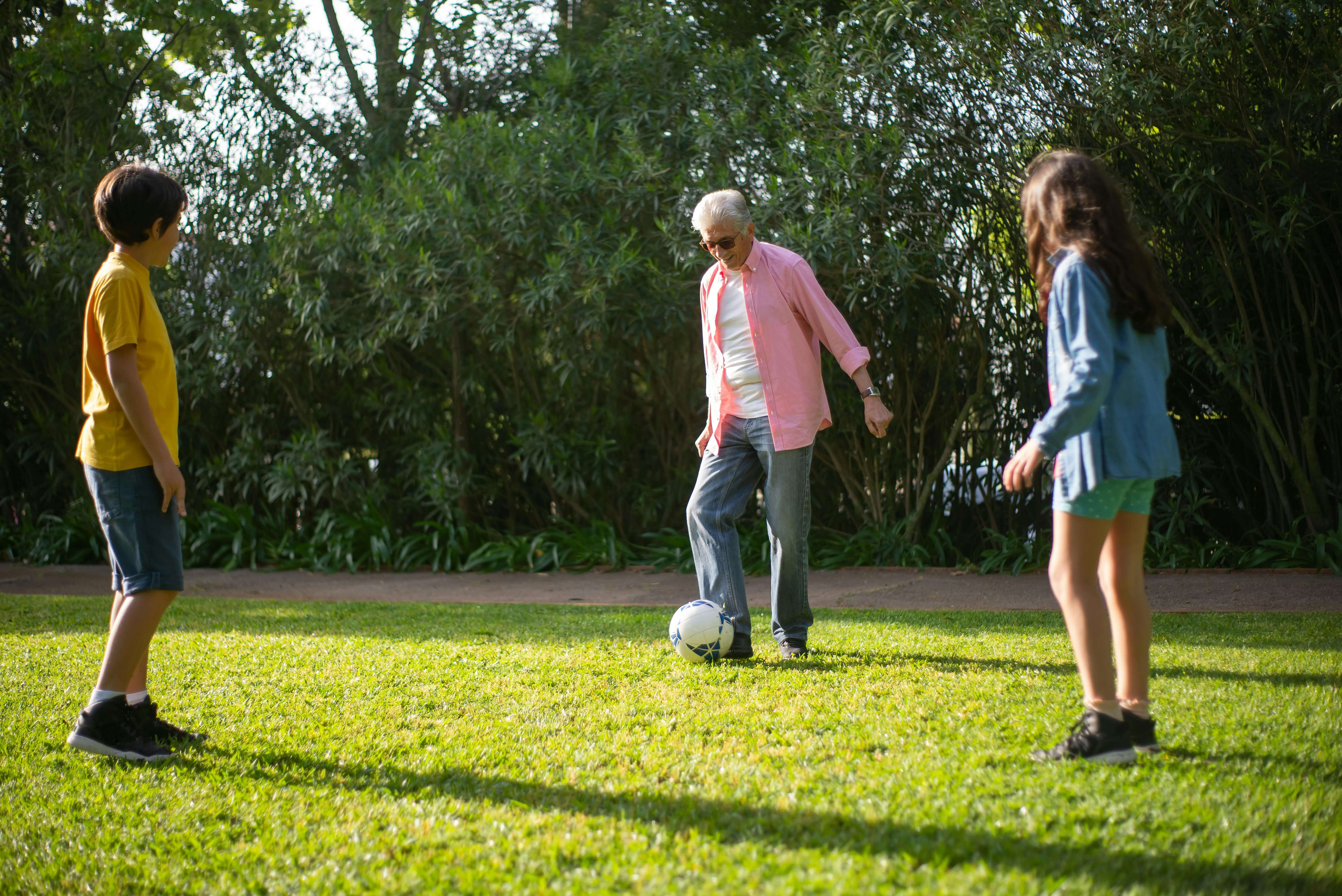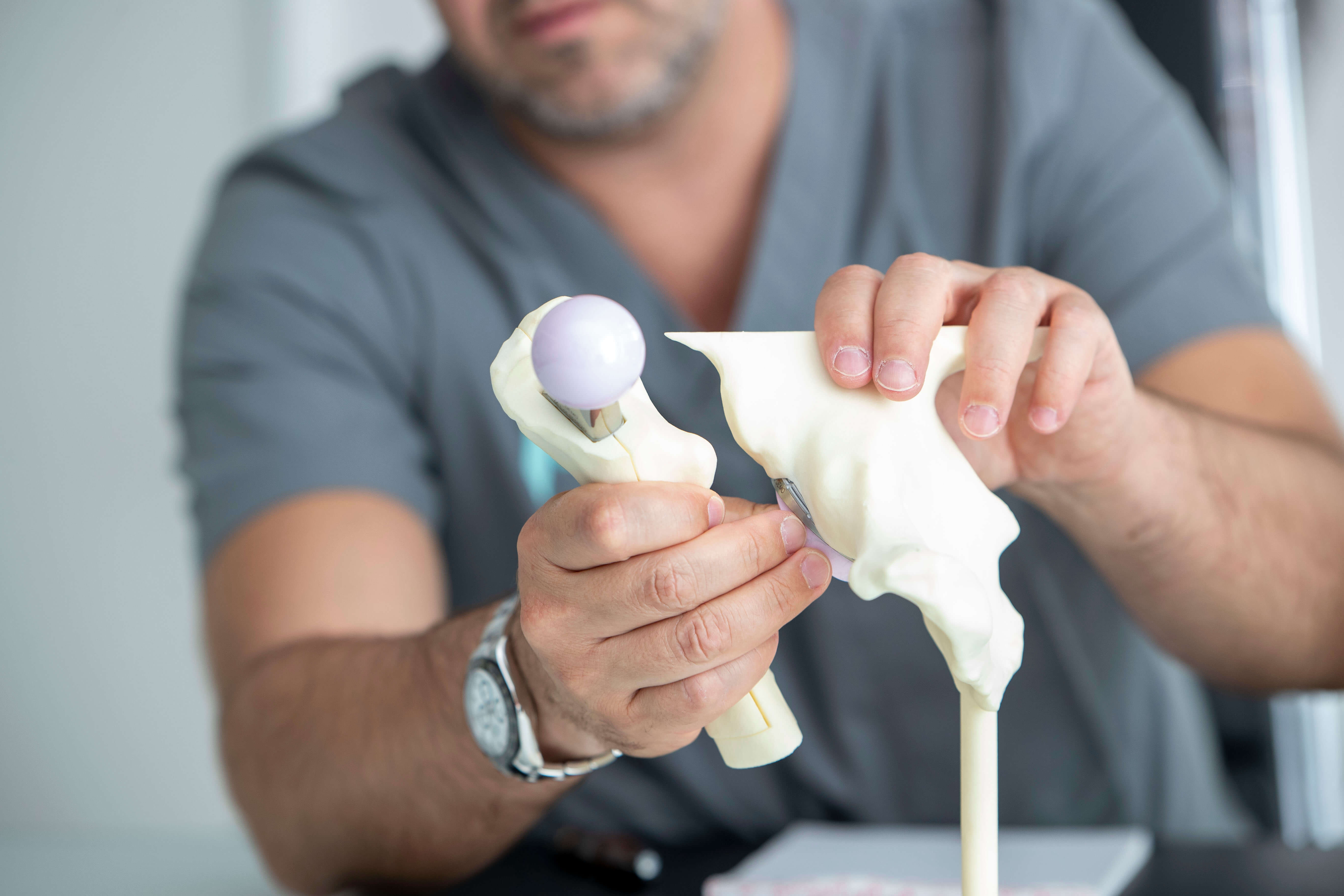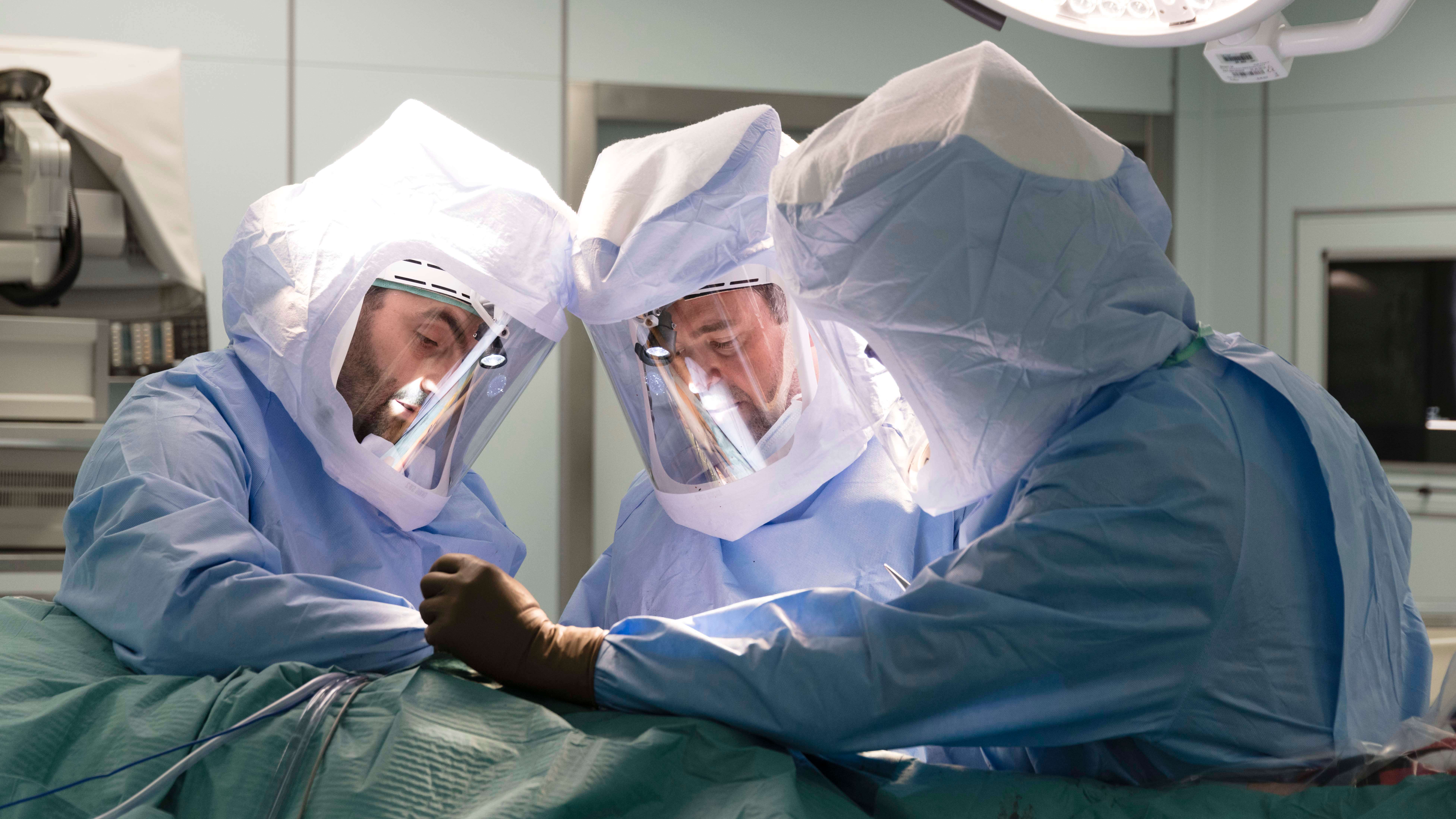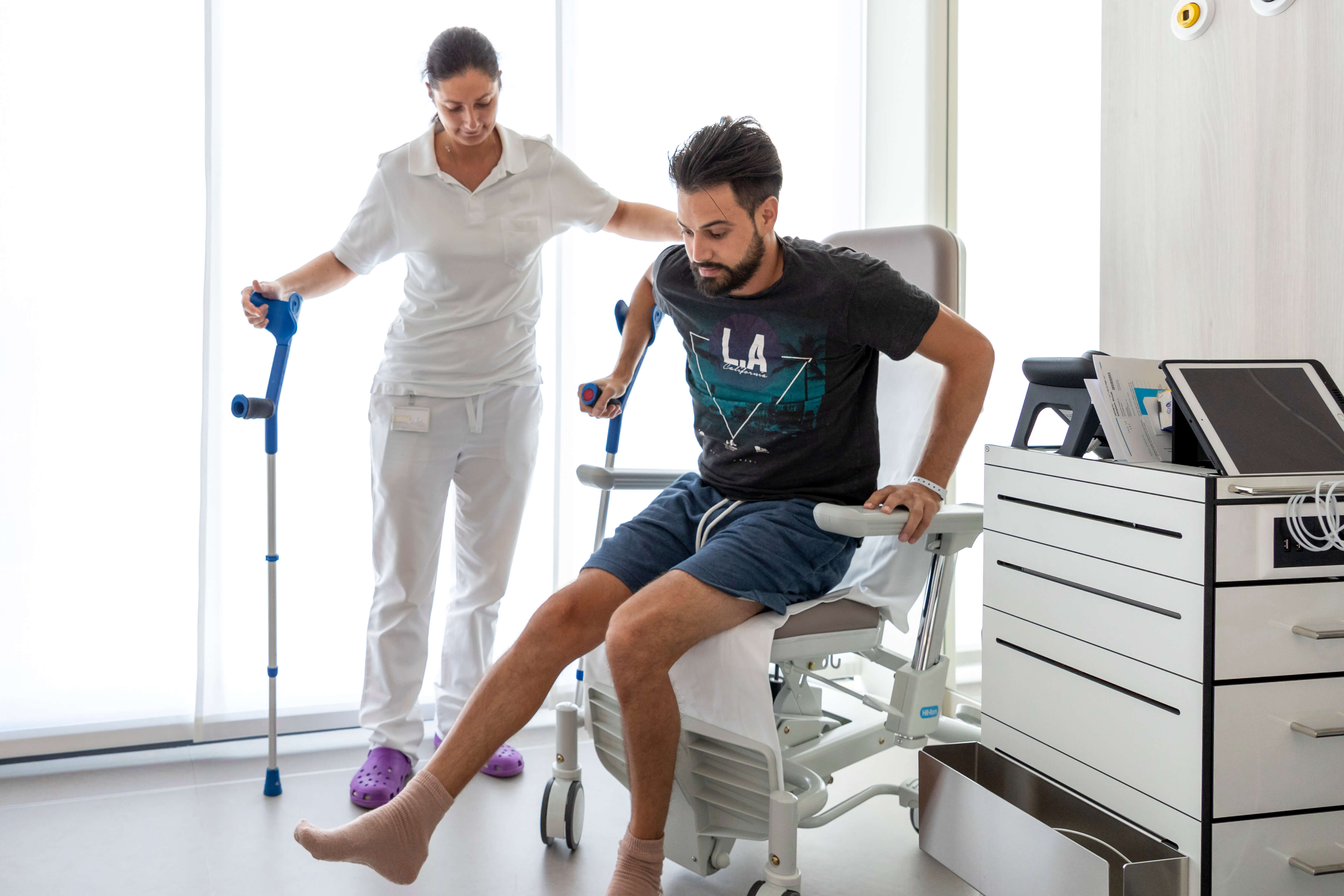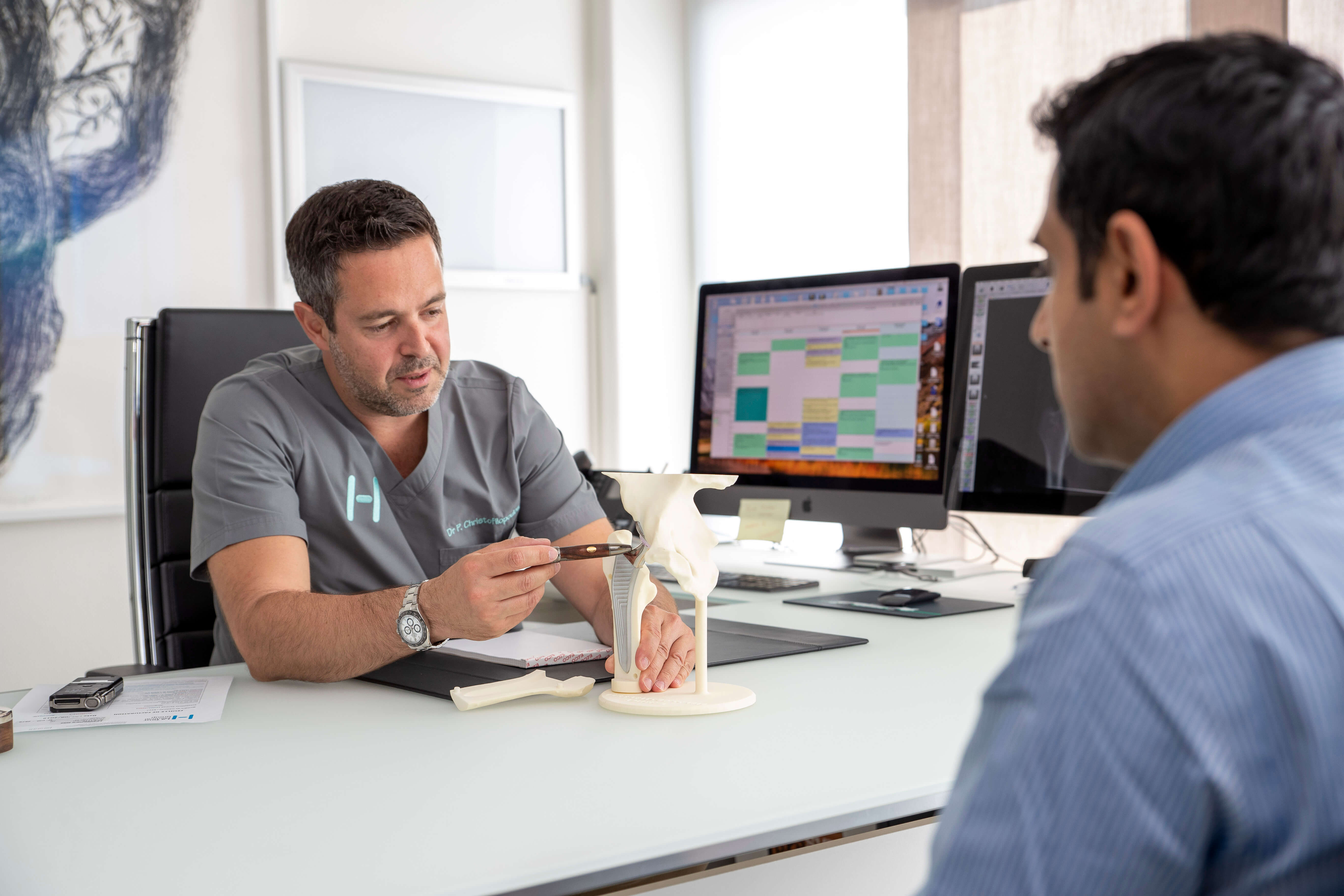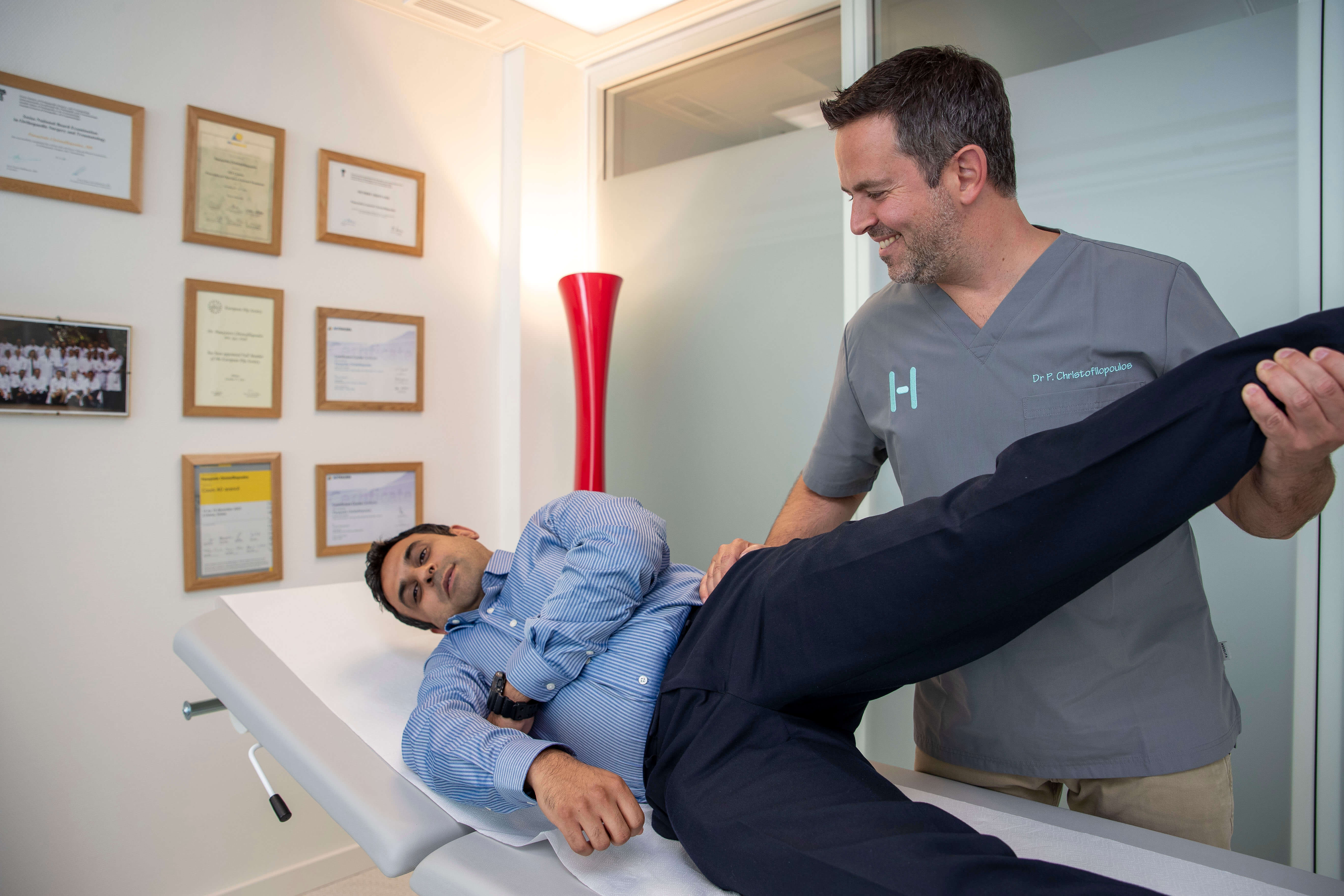À quel moment puis-je reprendre mes activités normales après une chirurgie de prothèse de hanche ?
La reprise des activités normales après une chirurgie de prothèse de hanche dépend de nombreux facteurs, y compris la rapidité de récupération, et le type d'intervention chirurgicale. En règle générale, les activités normales peuvent être reprises progressivement après quelques semaines à quelques mois, mais il est important de suivre les conseils du chirurgien.
Est-ce que la prothèse de hanche peut se déplacer ou se déloger ?
Bien que rare, il est possible que la prothèse de hanche se déplace ou se déloge. Cependant, cela est généralement évité en suivant les instructions du chirurgien concernant les activités à éviter et en prenant des précautions pour éviter les chutes ou les traumatismes sur la hanche. En cas de symptômes suspects, il est essentiel de contacter votre chirurgien qui pourra éventuellement programmer des examens complémentaires.
Est-ce que je peux pratiquer des activités sportives avec une prothèse de hanche ?
Oui, dans de nombreux cas, il est possible de pratiquer des activités sportives avec une prothèse de hanche. Cependant, il est important de consulter votre chirurgien pour des recommandations spécifiques sur les types d'activités à éviter ou privilégier en fonction de votre condition physique et de votre type de prothèse.
Comment avoir des rapports sexuels avec une prothèse de hanche ?
Il est recommandé d'être prudent durant les premiers mois suivant l'opération, le temps que la cicatrisation des tissus autour de la prothèse se produise. Une vigilance doit être portée aux mouvements luxants et aux positions sexuelles qui sollicitent la hanche. Ces derniers peuvent provoquer un déboitement de la prothèse et ne sont dont pas préconisés après l'opération.
Est-ce que la prothèse de hanche nécessite des révisions ou des remplacements ultérieurs ?
Les prothèses de hanche ne sont pas conçues pour durer indéfiniment et peuvent nécessiter des révisions ou des remplacements ultérieurs après plusieurs années, en raison de l'usure normale ou des éventuelles complications.
Quelle est la durée de vie d'une prothèse ?
La durée de vie d'une prothèse de hanche varie selon plusieurs facteurs mais elle peut durer 25 ans voir plus avec des soins appropriés et une utilisation normale.
